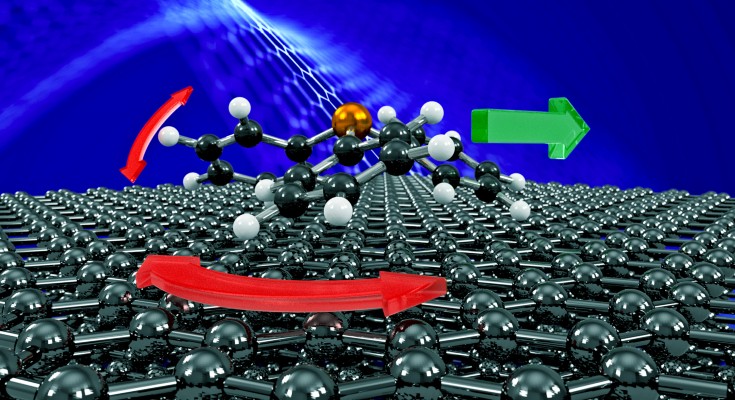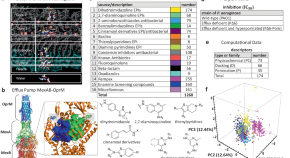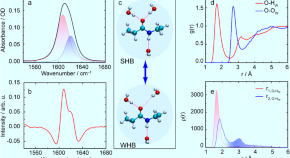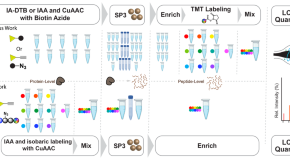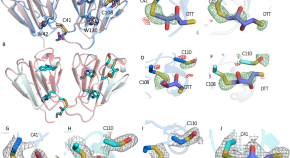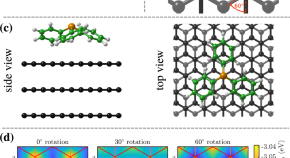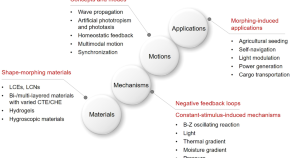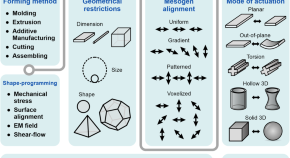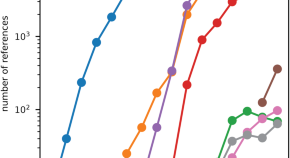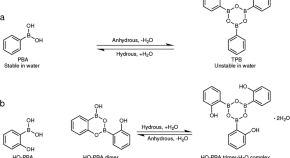Advertisement
-
-

Self-assembly of stabilized droplets from liquid–liquid phase separation for higher-order structures and functions
Dynamic microscale droplets produced by liquid–liquid phase separation (LLPS) have emerged as appealing biomaterials, but their instability hinders their assembly into high-order structures with collective behaviors. Here, the authors review current strategies for stabilizing droplets, as well as recent developments in the applications of such LLPS droplets, and provide insights into how stabilized droplets can self-assemble into higher-order structures that display coordinated functions.
-
-
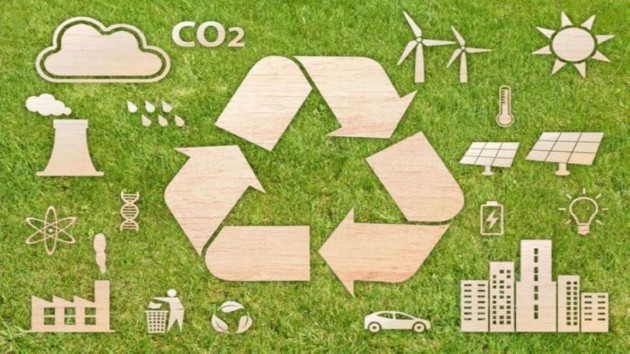
Electrocatalytic CO2 reduction
Trending - Altmetric
-
Molecular motion of a nanoscopic moonlander via translations and rotations of triphenylphosphine on graphite
-
Enhancing property and activity prediction and interpretation using multiple molecular graph representations with MMGX
-
Functionalizing tandem mass tags for streamlining click-based quantitative chemoproteomics
-
An ultraviolet-driven rescue pathway for oxidative stress to eye lens protein human gamma-D crystallin

